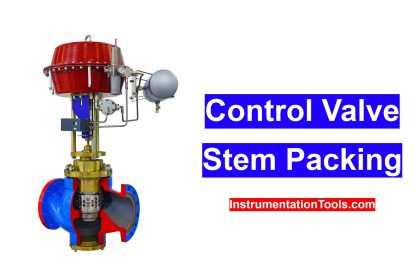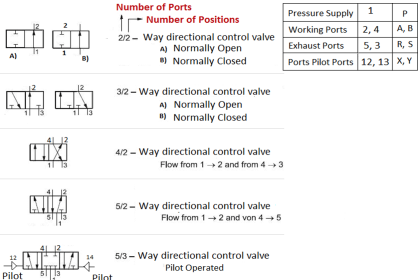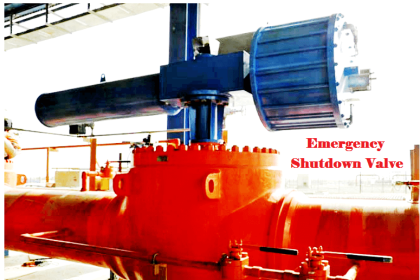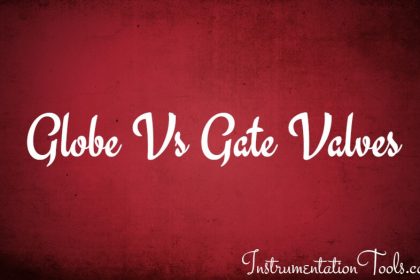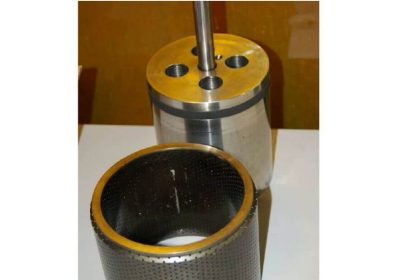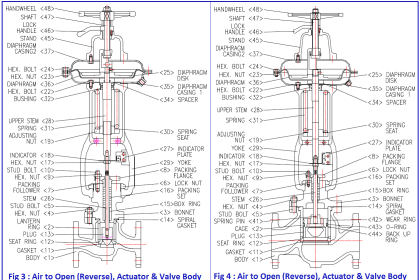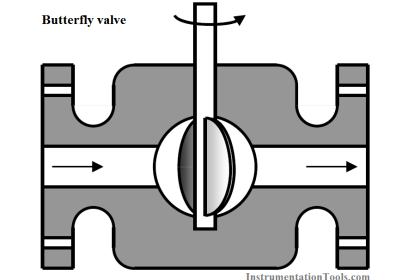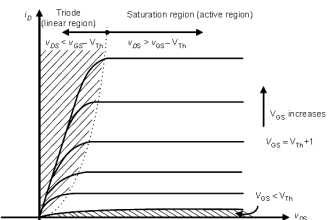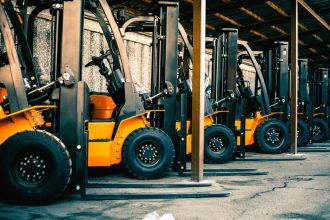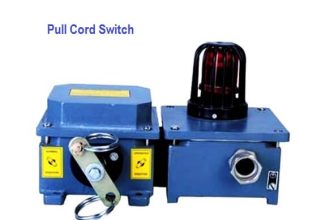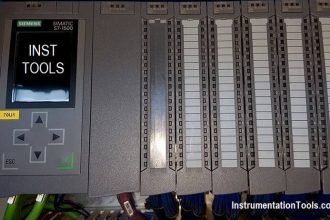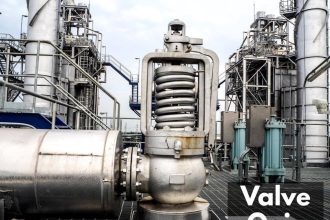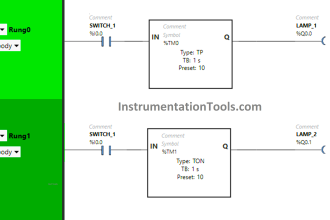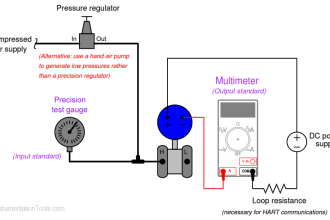The valve is a controlled device that regulates the flow of a liquid or gas in a system.
This regulation is accomplished by the varying resistance that the valve introduces into the system as the valve is stroked.
As the valve modulates to the closed position the system pressure drop shifts to the valve and reduces the flow in the system.
The valve is very important to the operation of the system. Without a properly sized valve, the system will never operate at an efficient level.
For valves that are over-sized, the result is poor controllability that may cause the system to hunt or cycle. Under-sizing a valve will require a larger pressure drop across the valve to maintain adequate flow and may not provide the required capacity.
This results in the pump working harder and leaves the valve susceptible to the effects of cavitation.
Valve Books
These valve books consist of information related to basics, sizing, and actuators. The below table shows the list of main topics.
| Topic 1 | Control Valves |
| Topic 2 | Valve Components |
| Topic 3 | Valve Parameters |
| Topic 4 | Valve Flow Characteristic |
| Topic 5 | Pressure Shift at Valve |
| Topic 6 | Valve Gain |
| Topic 7 | Valve Plugs |
| Topic 8 | Rangeability |
| Topic 9 | Cavitation |
| Topic 10 | Coil Theory |
| Topic 11 | Valve Sizing |
| Topic 12 | Valve Flow Coefficient |
| Topic 13 | Pressure Drop Across the Valve |
| Topic 14 | Three Way Valves |
| Topic 15 | Valve Selection Summary |
| Topic 16 | Maximum Temperature and Pressure Ratings |
| Topic 17 | Glossary |
| Topic 18 | Pneumatic Actuators |
| Topic 19 | Electric Actuators |
| Topic 20 | Maximum Seating Pressure |
The factor that is most useful in selecting a valve type for a given application is the flow characteristic.
This characteristic is the relationship that exists between the flow rate through the valve and the valve stem travel as the latter is varied from zero to 100 percent.
Different valves have different flow characteristics, depending primarily on internal construction. This flow relationship is usually shown in the form of a graph as in the below Figure.
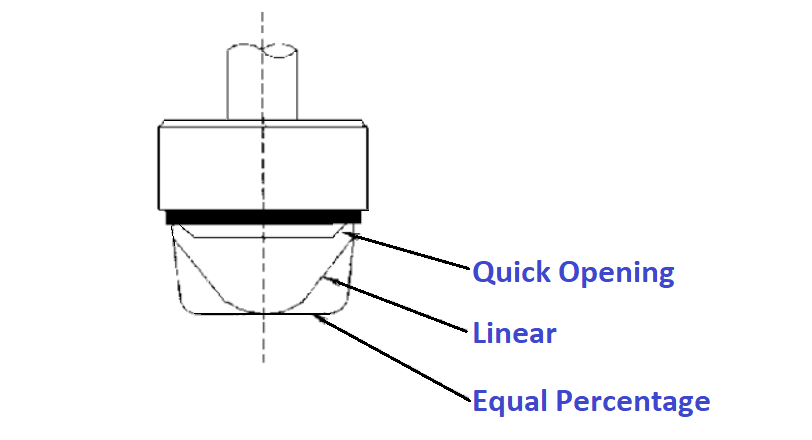
The characteristic that is usually graphed is the Inherent Flow Characteristic that is found under laboratory conditions with a constant pressure drop across the valve.
An actuator is a controlled device that provides the force required to move the plug in a valve, which regulates the flow of fluid in the system.
Different size valves require different size actuators, depending on the characteristics of the system.
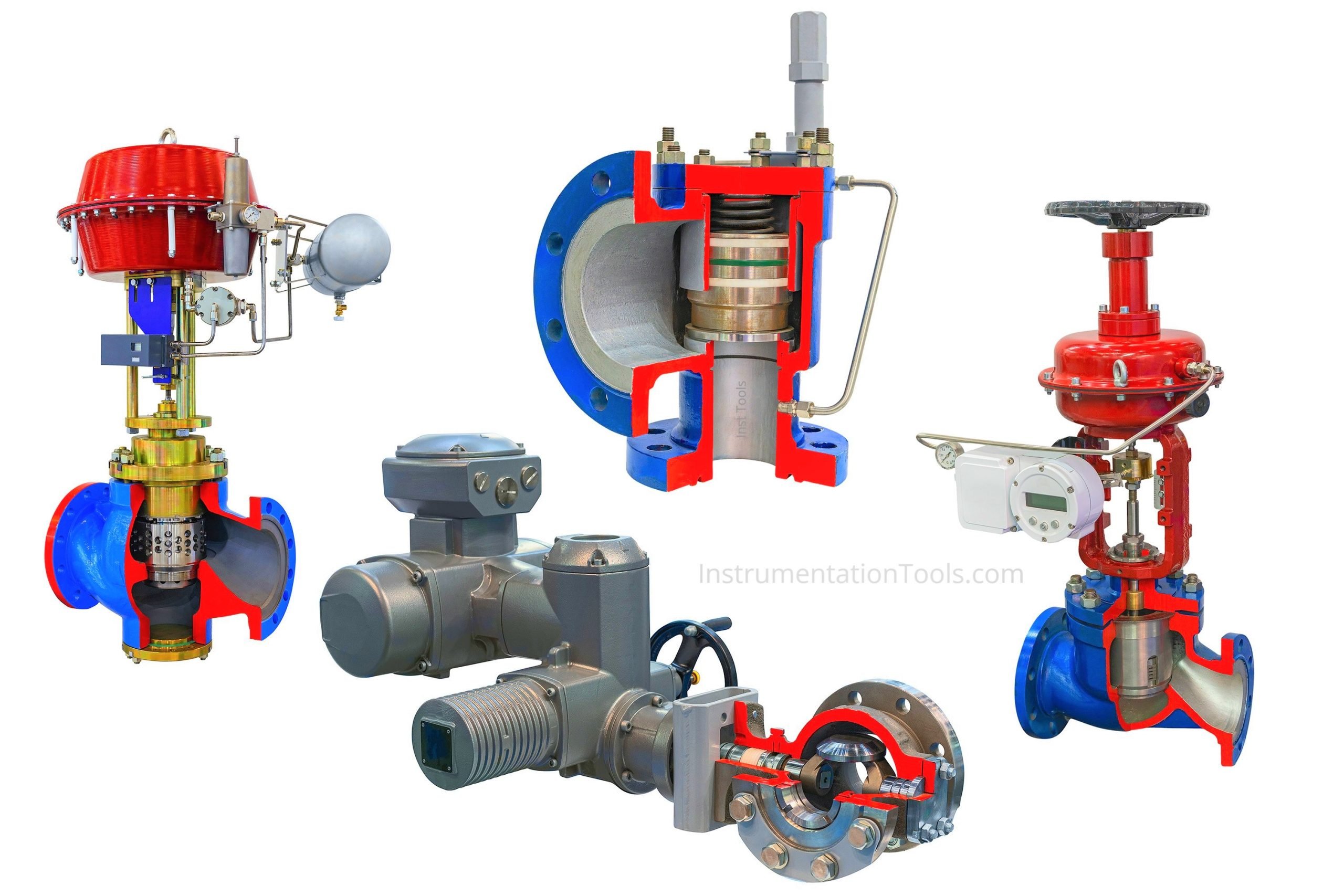
An important characteristic to be considered is the pump head, also known as dynamic pressure. This is the pressure the actuator must overcome to close a valve.
The force generated by an actuator is directly proportional to the effective area of the actuator diaphragm.
Download the below books to read more details.
| Title: | Valve Basics and Sizing, Valve Actuators |
| Author: | Johnson controls |
| Format: | |
| Size: | 305 KB, 389 KB |
| Pages: | 32, 32 |
| Download: | File 1, File 2 |
Read Next:
